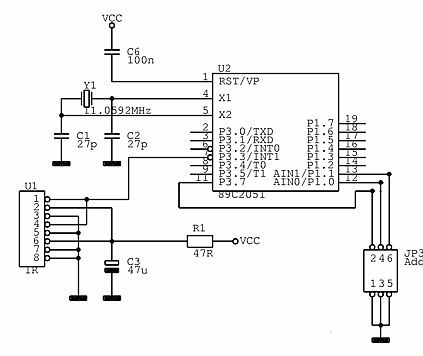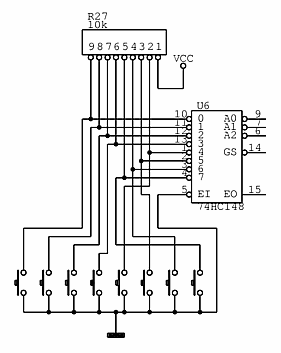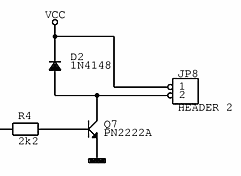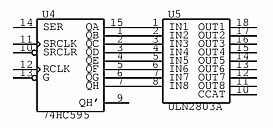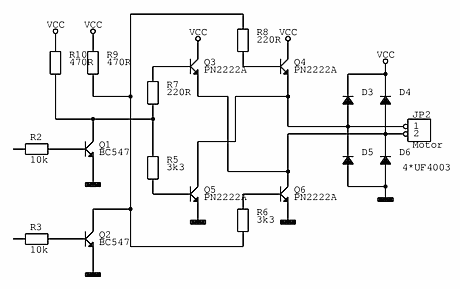 Overview Circuit description Protocol Parts/PCB |
|
Most of the circuit is identical to the small remote control board as mentioned, so if you have read
the description of that circuit, a lot of the text below will look familiar :-) The circuit uses an IR receiver chip to receive the IR signal from the remote. The chip includes a bandpass filter and a demodulator, so the output is a logic signal. The signal is then processed by an Atmel 89C2051 chip that decodes the remote signal and controls the volume pot and relays. |
